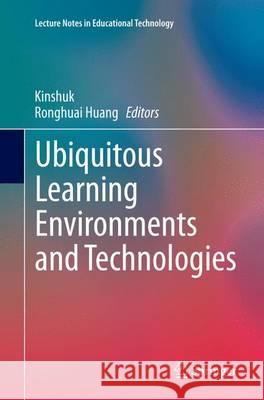Ubiquitous Learning Environments and Technologies » książka
topmenu
Ubiquitous Learning Environments and Technologies
ISBN-13: 9783662524992 / Angielski / Miękka / 2016 / 258 str.
Kategorie:
Kategorie BISAC:
Wydawca:
Springer
Seria wydawnicza:
Język:
Angielski
ISBN-13:
9783662524992
Rok wydania:
2016
Wydanie:
Softcover Repri
Numer serii:
000468790
Ilość stron:
258
Waga:
0.56 kg
Wymiary:
23.5 x 15.5
Oprawa:
Miękka
Wolumenów:
01











